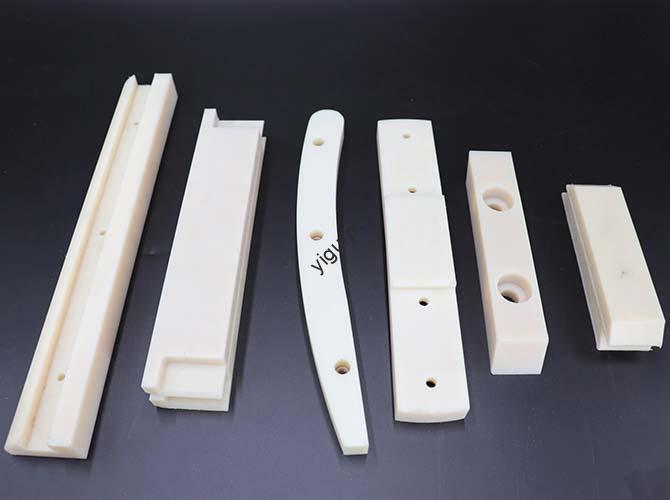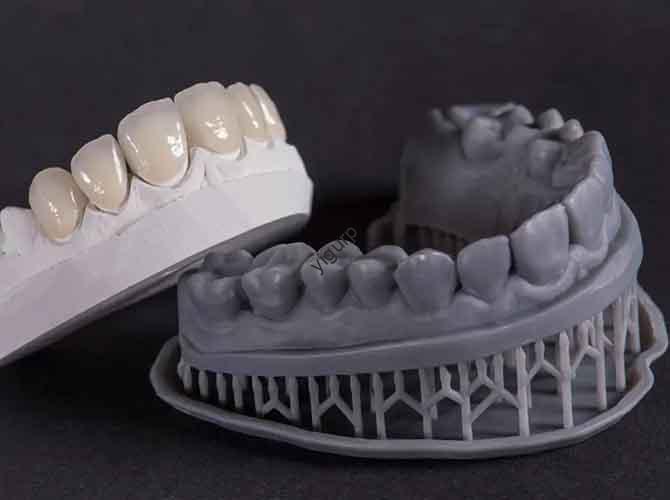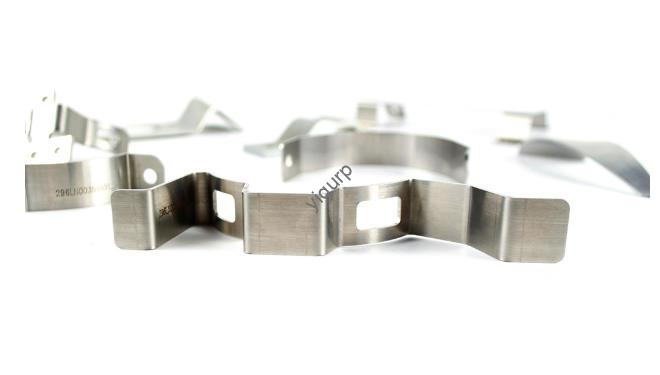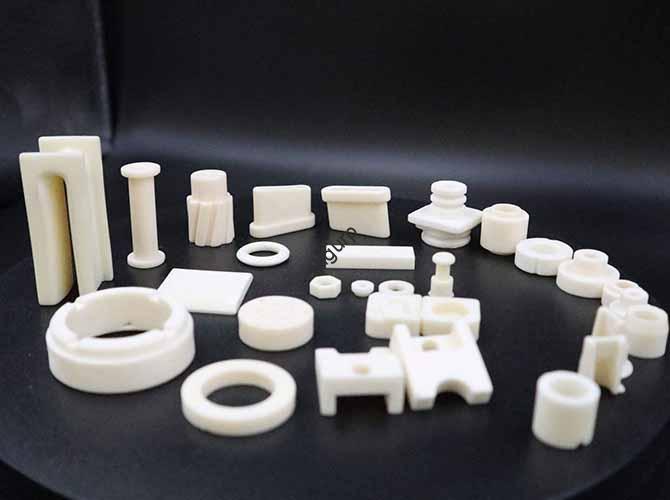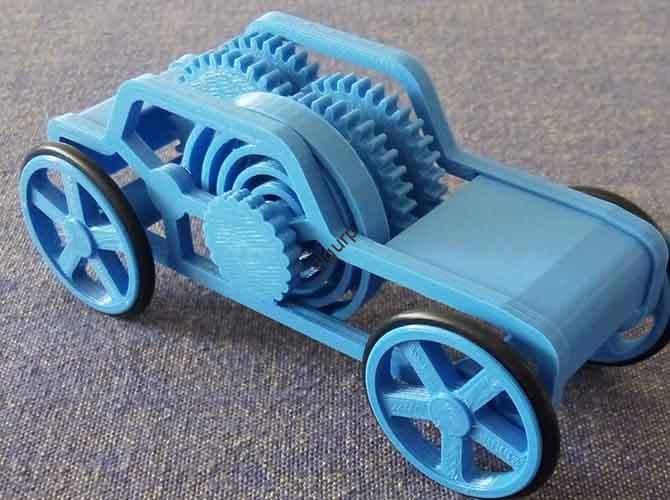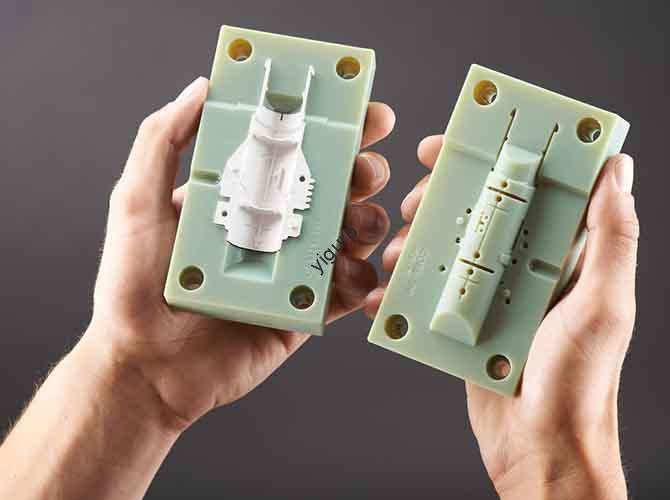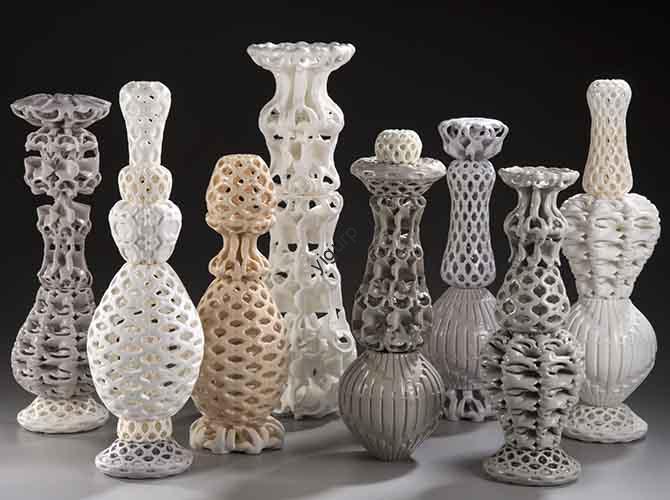Extra Large 3D Printing: Transform Large-Scale Manufacturing Across Industries
In today’s manufacturing world, how do we build large, complex structures—like 10-meter-long bridge components or full-size automotive frames—without costly molds and long construction cycles? The answer lies in Extra large 3D printing (also called ultra-large 3D printing), a technology that stacks materials layer by layer to create massive objects beyond traditional manufacturing limits. This article […]
